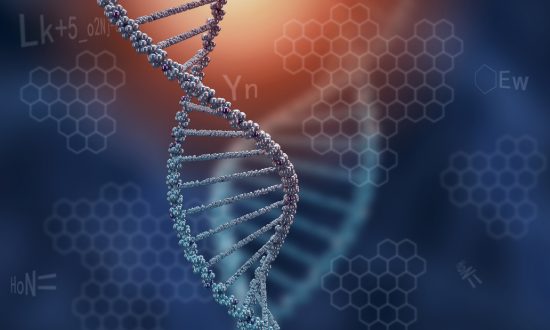Pre- and postantibiotic epoch: The historical spread of antimicrobial resistance
A study tracing plasmids from 1917–1954 to today reveals over a century of evolution: while nearly all plasmids from the pre-antibiotic era lacked resistance genes and most never acquired them, a small subset evolved into the major drivers of global antimicrobial resistance in Gram-negative bacteria. Modern plasmids, shaped by complex microevolution and fusion events, have become highly recombinogenic, multi-replicon, self-transmissible elements that now represent the greatest risk for resistance dissemination and a serious threat to human health.
AMR NEWS
Your Biweekly Source for Global AMR Insights!
Stay informed with the essential newsletter that brings together all the latest One Health news on antimicrobial resistance. Delivered straight to your inbox every two weeks, AMR NEWS provides a curated selection of international insights, key publications, and the latest updates in the fight against AMR.
Don’t miss out on staying ahead in the global AMR movement—subscribe now!






